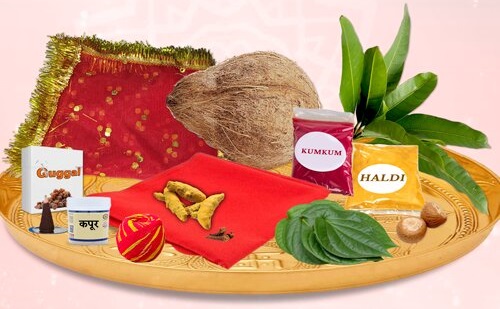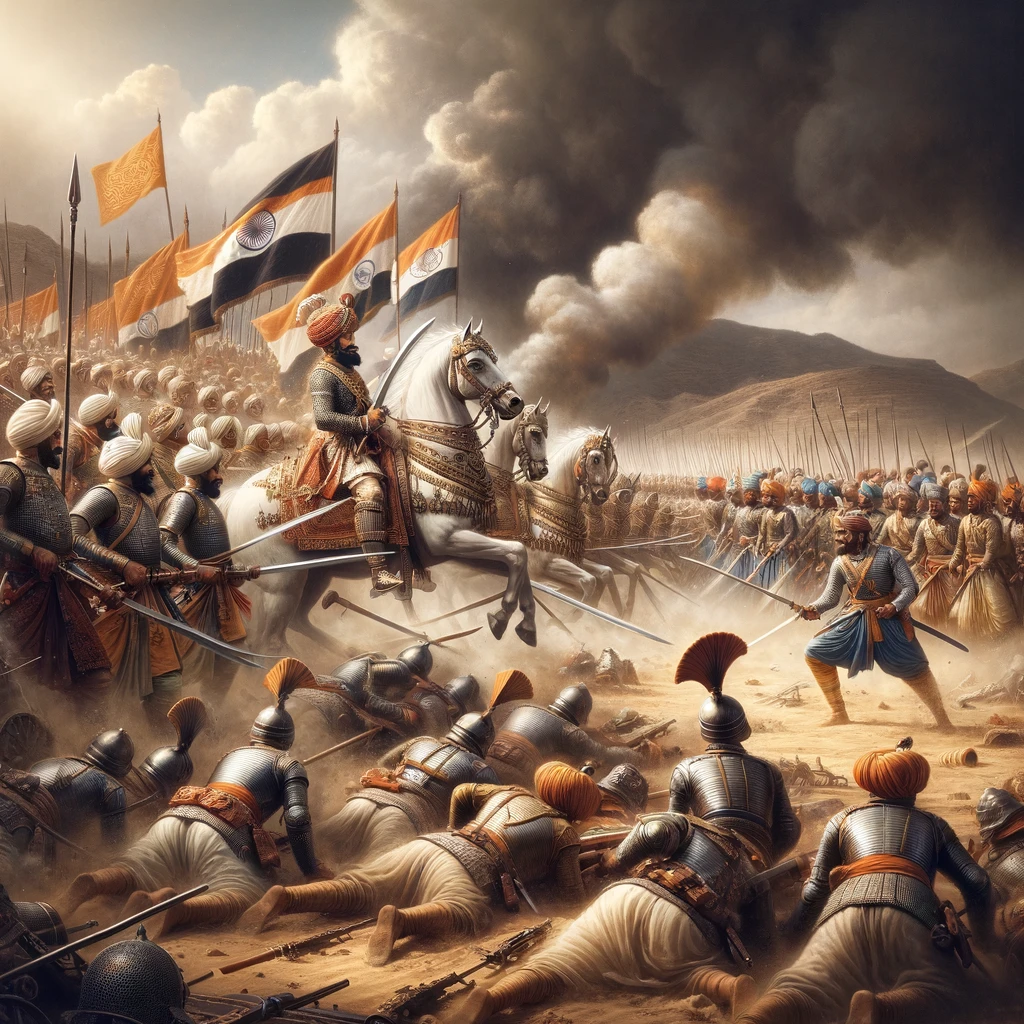On This Day 17 March 2024 Sunday
On This Day, Sam Vikram: 2080 Purnimanta Mass: Phalguna Paksha: Tithi: Sukla Paksha Ashtami let us have a quick look of the events and anniversaries of India and the world
 Panchang / पंचांग
Panchang / पंचांग
Virram Samvat: 2080
Shaka Samvat: 1945
Amanta Month: Phalguna
Purnimanta: Phalguna
Tithi: Sukla Paksha Ashtami
On This Day
Festivals Today: Durgaashtamee Vrat, Holaashtak
Festials Tomorrow:
Day Today:
Day Tomorrow:
Yoga: Ayushman – Mar 16 06:07 PM – Mar 17 05:05 PM
Karana: Vishti: 09:39 PM – Mar 17 09:40 AM
Sunrise: 6:31 AM
Sunset: 6:26 PM
Moonrise: 11:22
Moonset: 2:12
 Auspicious Time / शुभ समय
Auspicious Time / शुभ समय
Abhijit Muhurat – 12:05 PM – 12:53 PM
Amrit Kaal – 07:43 AM – 09:22 AM
![]() Inauspicious Time / अशुभ समय
Inauspicious Time / अशुभ समय
Rahu – 1:54 PM – 3:14 PM
Yamaganda – 7:13 AM – 8:33 AM
Gulika – 9:54 AM – 11:14 AM
Dur Muhurat – 10:47 AM – 11:30 AM, 03:04 PM – 03:46 PM
Varjyam – 10:02 AM – 11:49 AM
Information Source: https://www.prokerala.com/
Today / आज
Freedom Fighters atleast 6 sacrificed / राष्ट्रवादियों ने बलिदान दिया था कम से कम:6
Major Historical Events
Battle of Khanwa: On March 17, 1527, the Battle of Khanwa was fought, marking a pivotal moment in the establishment of the Mughal Empire in India. Rana Sanga of Mewar faced Babur’s forces. Babur’s victory over Rana Sanga significantly bolstered the Mughal presence in India.
End of Reign for Khanderao Harirao Holkar II: On March 17, 1844, Khanderao Harirao Holkar II’s reign came to an end. He was a notable figure associated with the Holkar dynasty of the Maratha Empire, specifically linked to the region of Indore in central India.
Tukojirao Shivajirao Holkar III: Last Monarch of Gwalior State
Yashwantrao Holkar II: Architect of Gwalior’s Golden Era
Maratha Kingdom: Bajirao I’s Legacy and Impact
Betrayal at the Battle of Khanwa: On March 17, 1527, during the pivotal Battle of Khanwa, Babur reportedly secured the allegiance of Mewar general Silhadi through bribery, promising him a kingdom in exchange for betraying his leader, Rana Sanga of Mewar. This act of treachery significantly contributed to Babur’s victory and the subsequent annexation of Mewar, marking a crucial step in the establishment of the Mughal Empire in India.
History in Brief On This Day
14th Dalai Lama Flees Tibet: On March 17, 1959, the 14th Dalai Lama fled Tibet amid Chinese aggression, seeking political asylum in India. This event highlighted the ongoing conflict and tension between Tibet and China.
Tragedy of the Movement for the Restoration of the Ten Commandments of God: On March 17, 2000, a tragic event unfolded in Uganda as 778 members of the Movement for the Restoration of the Ten Commandments of God lost their lives. This incident remains one of the deadliest cult tragedies in history.
Anniversaries On This Day
Rana Sanga’s Demise: On This Day, March 17, 1527, Rana Sanga, the Indian ruler born in 1482, passed away. As a prominent figure in Indian history, he was known for his leadership and valor, particularly noted for his role in resisting the Mughal invasion of India. His death marked the end of an era in the struggle for power in northern India during the early 16th century.
Sheikh Mujibur Rahman – Father of the Nation: Born on March 17, 1920, Sheikh Mujibur Rahman, known as the “Father of the Nation” in Bangladesh, played a pivotal role in Bangladesh’s history as its first President and later Prime Minister, until his assassination on August 15, 1975.
Puneeth Rajkumar: Celebrating his birth on March 17, 1975, Puneeth Rajkumar was a beloved Indian actor, singer, and producer, remembered for his contributions to the Kannada cinema.
Saina Nehwal: Born on March 17, 1990, Saina Nehwal has made significant contributions to Indian badminton, achieving numerous milestones and bringing honor to her country through her sportsmanship.
Samoa Joe: Born on March 17, 1979, Samoa Joe has made a name for himself in the world of professional wrestling, celebrated for his intensity and skill in the ring.
Bobby Jones – Golf Legend: Born on March 17, 1902, Bobby Jones left an indelible mark on the world of golf, remembered for his sportsmanship and contributions to the game.
Danny Ainge: Celebrating his birth on March 17, 1959, Danny Ainge is known for his versatile career in professional sports, both in baseball and basketball, showcasing his athletic prowess across different arenas.
Mia Hamm: Born on March 17, 1972, Mia Hamm is celebrated as one of the greatest female football players, known for her incredible skill on the field and her contributions to women’s soccer.
Kyle Korver: Born on March 17, 1981, Kyle Korver is recognized for his sharpshooting ability in basketball, making significant contributions to the teams he has played for.
Edin Džeko: Celebrating his birth on March 17, 1986, Edin Džeko is known for his striking abilities in football, making an impact in various leagues around the world.
Claressa Shields: Born on March 17, 1995, Claressa Shields has distinguished herself in the world of boxing, known for her skill, determination, and as a trailblazer in women’s boxing.
Katie Ledecky: Born on March 17, 1997, Katie Ledecky is celebrated as one of the world’s leading swimmers, known for her remarkable achievements and records in the sport.
Freedom Fighters’ sacrifice
Introduction
On this day in history, numerous individuals made significant sacrifices in the struggle for India’s freedom from colonial rule. Their actions, ranging from participating in uprisings to facing the dire consequences of their rebellion against British authority, have left an indelible mark on India’s fight for independence. This essay sheds light on the lives and sacrifices of several freedom fighters who faced critical moments on March 17th across different years, emphasizing their contribution to India’s rich history of resistance against colonialism.
On This Day in 1857 Uprising: Martyrdom of Delhi’s Sons
On this day, March 17, 1858, four residents of Delhi—Mirza Bahadur, Mirza Mobarik Sullateen, Mirza Nuna, and Mirza Walla Shiko—met their tragic end by hanging, executed by the British authorities. These individuals actively participated in the 1857 Uprising, a significant revolt against British rule, showcasing extraordinary bravery in the face of the advancing British army in Delhi. Their capture followed the reoccupation of Delhi by British troops, leading to accusations of rebellion, convictions, and ultimately, their execution. These events highlight the fierce resistance offered by Delhi’s sons in the uprising, underscoring the high price paid for challenging colonial dominance.
Gyan Singh Bisht: The INA’s Valiant Warrior
Gyan Singh Bisht’s story is a testament to the bravery of the Indian National Army (INA) soldiers who fought against the Allied forces. On March 17, 1945, as a commandant of a 98 soldiers’ company stationed on the Burma front, Bisht led his men into a courageous confrontation with the British forces northeast of Tongzin. Their valor forced the enemy into retreat after a two-hour-long gun battle. Sadly, while pursuing the retreating forces, Bisht was struck down by enemy bullets. His sacrifice is a poignant reminder of the contributions of the INA to India’s freedom struggle.
Jagdeo Rao Patil: A Life of Resistance and Mystery
Jagdeo Rao Patil’s commitment to India’s independence movement was multifaceted, involving participation in the Civil Disobedience Movement of 1930 and journalistic endeavors through the publication of Rashtramata. His arrest and subsequent six months’ rigorous imprisonment did not deter his spirit; instead, it fueled his resolve to fight for freedom. Elected as the President of the Malkapur Taluka Congress Committee, his mysterious death on March 17, 1939, believed to be at the hands of a police agent, marks a dark chapter in the history of the freedom struggle, reflecting the dangers faced by those who dared to resist British rule.
Jagannath Majhi: The Cost of Resistance in Orissa
Jagannath Majhi’s participation in the “Quit India” movement of 1942 highlights the widespread nature of the struggle for freedom. Arrested in Odisha, his detention in Nowrangpur Sub-Jail under dire conditions led to his contracting chronic amoebic dysentery, underscoring the inhuman treatment meted out to political prisoners. His transfer to Koraput District Jail did little to save him; he died of heart failure on March 23, 1943. Majhi’s story is a somber reminder of the sacrifices made by countless individuals, often forgotten, in the quest for India’s independence.
Conclusion
On this day, we remember and honor the sacrifices of those who fought for India’s freedom. From the gallant efforts of individuals in the 1857 Uprising to the valiant soldiers of the INA, from social workers and journalists like Jagdeo Rao Patil to the countless unnamed participants in movements like “Quit India,” their contributions form the bedrock of India’s independence narrative. Their stories of bravery, struggle, and ultimate sacrifice serve as enduring reminders of the price of freedom and the spirit of resistance that fueled India’s fight against colonial rule.
Feature Image: The image vividly captures a moment from the historic Battle of Khanwa fought on March 17, 1527. It shows a dynamic battle scene with warriors on horseback and on foot, clashing under a hazy, smoke-filled sky. A central figure on a white horse, presumably a leader, charges forward, brandishing a weapon. Soldiers in various forms of armor engage in combat around him, some fallen, indicating the fierce nature of the battle. Flags with emblems flutter in the background, and the terrain suggests the harshness of the battlefield. (https://hinduinfopedia.in/wp-content/uploads/2024/03/DALL·E-2024-03-17-11.26.12_portrait_of__Battle_Khanwa_capturing_confrontation.webp)
If you want to buy books on the subject please visit this page: https://www.amazon.in/.
Please note that if you buy anyhing using this link we will get some affiliate commission. If you want to support us, please use this link in case you need to buy goods from https://www.amazon.in/

Hello to every body, it’s mmy first pay a quick visit of this blog; this blog consists of amazing and genuinely good material for readers.
Hello to every body, it’s my first paay a quick vist of this blog; this blog
consists of amazing and genuinely good material
for readers.